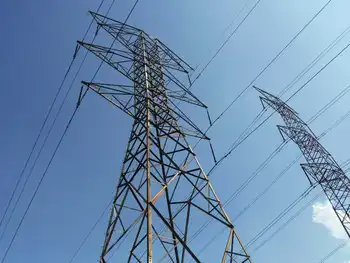Minnesota Signs Deal With Manitoba Hydro
WINNIPEG -- - The Minnesota Public Utilities Commission has unanimously approved a $1.7 billion power export deal with Manitoba Hydro.
It allows Minneapolis-based Xcel Energy to import power from Manitoba Hydro, despite the objections of aboriginal groups.
The 500-megawatt, 10-year deal was given the go-ahead.
It's an extension of an existing deal and will allow power to be exported until 2015.
Approval by Canada's National Energy Board is pending.
The Minnesota decision is a blow to the Pimicikamak Cree Nation of Cross Lake, Manitoba. They had asked the commission to first call a formal hearing into the social and economic impact of historic hydro development on their homeland.
Related News

Hydropower Plants to Support Solar and Wind Energy
LONDON - Solar-Wind-Water West Africa integrates hydropower with solar and wind to boost grid flexibility, clean electricity, and decarbonization, leveraging the West African Power Pool and climate data modeling reported in Nature Sustainability.
Key Points
A strategy using hydropower to balance solar and wind, enabling reliable, low-carbon electricity across West Africa.
✅ Hydropower dispatch covers solar and wind shortfalls.
✅ Regional interconnection via West African Power Pool.
✅ Cuts CO2 versus gas while limiting new dam projects.
Hydropower plants can support solar and wind power, rather unpredictable by nature, in a climate-friendly manner. A new study in the…




